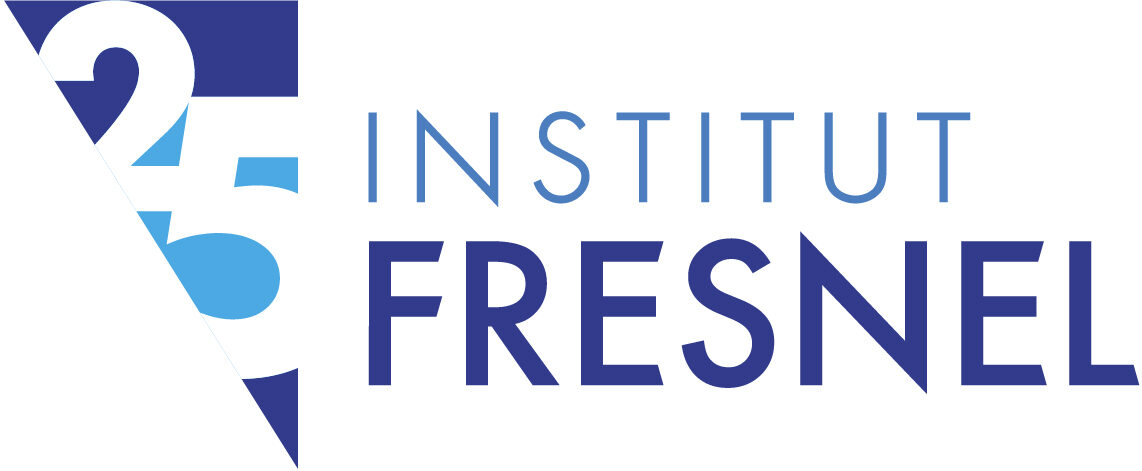Pr Marcel A. Lauterbach, from Saarland University, is working on ultra-resolution microscopy and was a post doc of Stephan hell that developed STED in Gottingen in the early 2000. He will give a seminar on “Applied Optics: From superresolution imaging of neurons and glia to in-vivo microendoscopy of calcium signals” on Monday 7th July at 10:00 a.m. in Pierre Cotton room.
Come and learn about the last development of in super-resolution imaging in microscopy and novel endoscope developments : https://cipmm.uni-saarland.de/en/molecular-imaging/lauterbach-research
Abstract : Dendritic spines are key structures for neural communication, learning and memory. Using superresolution STED microscopy (STimulated Emission Depletion microscopy) combined with morphological analysis of 7000 spines in 3D and shape-clustering we show that spines of different types decorate different dendrites of the same neuron to a varying extent, both in turtles and mice. Significant differences among the dendrites are apparent, based on spine classes as well as based on quantitative descriptors, such as spine length or head size. It might thus be an evolutionarily conserved principle that individual dendrites have distinct distributions of spine types hinting at individual roles. Whereas neurons receive much attention, half of the brain are glial cells, with a much less understood role in information processing. We therefore also study turtle glia and present first results.
The 2nd part of the presentation will show the development and application of a thin microendoscope with only 360 µm diameter. The system reaches an effective resolution of 4.6 μm, allowing for the resolution of subcellular neuronal structures. Functional signals both in situ and in vivo are successfully captured from individual single cells, employing a specially developed software suite for image processing. This system enabled the first examination of calcium dynamics in vivo in murine tracheal tuft cells and in situ in kidney podocytes. Additionally, it recorded ratiometric redox reactions in various biological settings, including intact explanted organs and pancreatic islet cultures.
Contact : Pr Marcel A. Lauterbach, Department of Molecular Imaging, Center for Integrative Physiology and Molecular Medicine, Building 48, Saarland University, 66421 Homburg, Germany
Invitation : Hervé Rigneault

